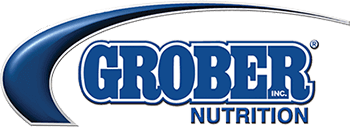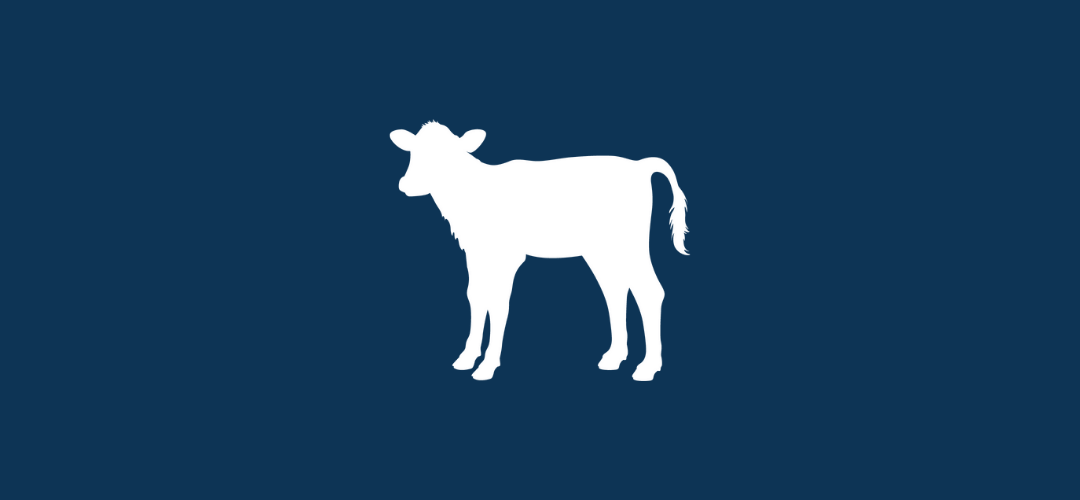-
Is an automatic lamb feeder right for your farm?
- Oct 17, 2023
- By Grober Nutrition
- In Canada
Automatic lamb feeders have seen an increase in popularity as producers are breeding ewes that are more prolific and sheep farms have become larger. The use of automatic feeders may help to improve lamb welfare, as noted by producers who have switched from hand feeding. This may be related to…
-
Preventing Abomasal Bloat
- Sep 05, 2023
- By Grober Nutrition
- In Canada
Challenges faced by calves such as abomasal bloat and rumen drinking can often be avoided by maintaining optimal management practices. Symptoms of abomasal bloat Abomasal bloat onset tends to be difficult to alleviate, and there are many factors that can contribute to its onset. Often, calves less than 2 weeks…
-
Surplus Calf Care
- Aug 01, 2023
- By Grober Nutrition
- In Canada
Providing top care to both replacement heifers and the surplus calf is of utmost importance to improve profitability for the dairy farmer and veal or beef producer. Changes to the surplus calf market Discussions around surplus calf care have increased in recent years due to the genetic advancements of sexed…
-
The Bottle Baby Dilemma
- Jan 10, 2022
- By Grober Nutrition
- In Canada
Choosing to artificially rear lambs or bottle feed a lamb is a decision that is not made lightly. ‘Which lamb should I remove from the ewe?’ This is a common question when considering artificial rearing. In the case of three lambs, take the lamb that is of different size. If…
-
Optimal Feeding for Growth & Health
- Aug 09, 2021
- By Grober Nutrition
- In Canada
The advantages and benefits of feeding calves proper amounts of milk to meet energy needs and growth targets is well established. In addition, following a gradual or step down weaning protocol over a minimum of two weeks is equally as important when bringing calves down from high milk allowances. Thirdly,…
-
Acidifying milk replacer – an effective management tool
- Feb 18, 2021
- By Grober Nutrition
- In Canada
Management strategy defines the success of calf programs. Calves are challenged from birth with an immature immune system and at the same time they are programmed to grow quickly. A large part of managing young calves is their feeding program. It is an important first step to ensure that the…
-
Gro Mega
- Feb 05, 2021
- By Grober Nutrition
- In Canada
Background As a major energy source, fat is an important element to consider in a calf milk replacer. Type of fat and the selection of emulsifiers impact the digestibility of triglycerides (fats), and thus subsequent metabolism and incorporation into body tissues. Fat, however, has other nutritional effects beyond a source…
-
What to consider when artificially raising lambs
- Sep 18, 2020
- By Grober Nutrition
- In Canada
There are several benefits to artificially raising lambs. In the case of dairy lambs, raising all of the lambs artificially allows for the greatest production of the ewe’s sellable milk. In the case of meat lambs, we are able to breed for the production of more lambs per ewe than…
-
Supplementing piglets with milk replacer at different stages of lactation
- Sep 17, 2020
- By Grober Nutrition
- In Canada
Three take home messages based on Grober Nutrition’s second on-farm piglet research trial. Research details Piglets were provided milk replacer at the beginning, middle or end of the lactation cycle while on the sow. Piglets were fed at 250 g/L of powder for a total of 3 L/day, compared to…
-
What three things should you consider for your colostrum program? Hint- this isn’t the usual spiel!
- Sep 15, 2020
- By Grober Nutrition
- In Canada
As calf research continues to progress, we are better able to intervene at key moments to positively alter a calf’s outcome. For instance, we know that testing maternal colostrum with a refractometer gives us the ability to ensure the calf will receive enough immunoglobulins in the first meal to reduce…
-
Should you add an extender to your whole milk feeding program?
- Jun 25, 2020
- By Grober Nutrition
- In Canada
With drops in quota and elimination of incentive days, you might be tempted to feed excess whole milk to calves. While this can seem like a good option during these times, there are a few things to consider to successfully use saleable whole milk on your farm. Feeding a protein:…
-
EXCEL™ MILK EXTENDER
- Apr 03, 2020
- By Grober Nutrition
- In Canada
Enhance your whole milk program. It’s as simple as adding milk replacer. Incorporating Excel ProGro™ as a milk extender in your feeding program can increase strong growth and elevate energy consumption for calves. What’s a milk extender? Using a milk replacer, like Excel ProGro™, mixed with your whole milk allows…
Tag: milk replacer
©2016 Grober Nutrition. All Rights Reserved.














